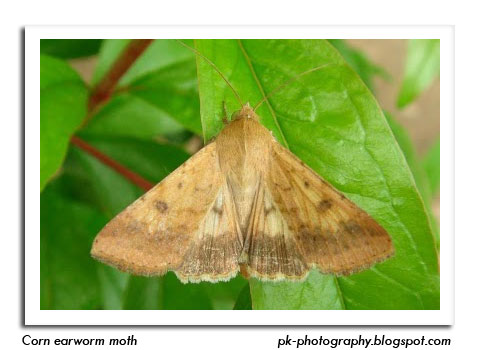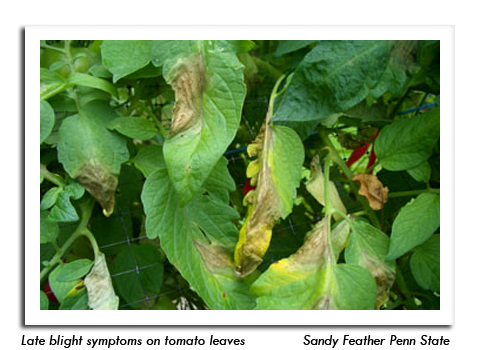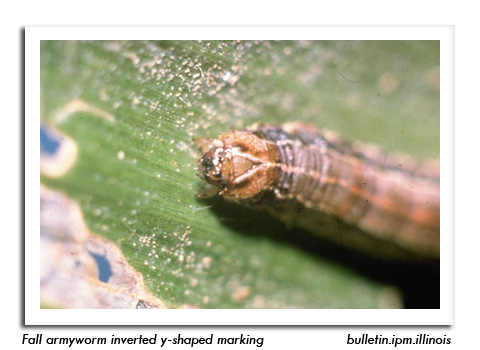
 |
|
|
Vegetables
Volume 59 Number 17 Date 08/28/2014 CORN EARWORM - Moth collections increased sharply for the first time this season. A surge from 5 to 878 moths was registered in Dodge County, and the weekly count near Green Lake increased from 4 to 846 moths. Another 1,144 migrants were collected in the pheromone traps from Coon Valley to Marshfield, for a total of 2,868 moths this week. These counts are indicative of a very large and potentially destructive flight of corn earworm migrants capable of laying eggs in late-silking sweet corn. The risk of egg laying will continue into September, so scouting and control programs should be maintained through harvest. Moth counts from August 21-27 were: Coon Valley 38, Cottage Grove 60, Green Lake 846, Mayville 878, Janesville 39, Madison 210, Marshfield 4, Mazomanie 7, Oakfield 578, Sun Prairie 176, Watertown 21, and Wausau 11. LATE BLIGHT - Home gardens in Milwaukee and Racine counties are reportedly infected with tomato late blight. This disease can develop rapidly under current weather conditions, and entire plants may decline and die in as few as 7-10 days. Gardeners are advised to monitor plants for signs of infection, including brownish-black watersoaked leaf lesions, dark stem lesions or sunken golden- to dark brown spots with distinct rings on the fruit surface. Removal and destruction of infected plants is required if lesions are noticed. Composting will not generate sufficient heat to kill the pathogen and is not recommended. FALL ARMYWORM - Low counts of this late-season pest have been registered at a few black light trap locations in the past two weeks. Fall armyworm moths seldom arrive in Wisconsin in damaging numbers, but the larvae occasionally appear in corn where they can be mistaken for the corn earworm. Fall armyworm larvae have a lateral stripe, are usually light brown or black in color, and have a conspicuous white, inverted Y-shaped suture on the head capsule between the eyes, whereas the corn earworm larva may be green, yellow, pink or tan. -- Krista Hamilton, DATCP Entomologist 
.jpg)



|
|
|